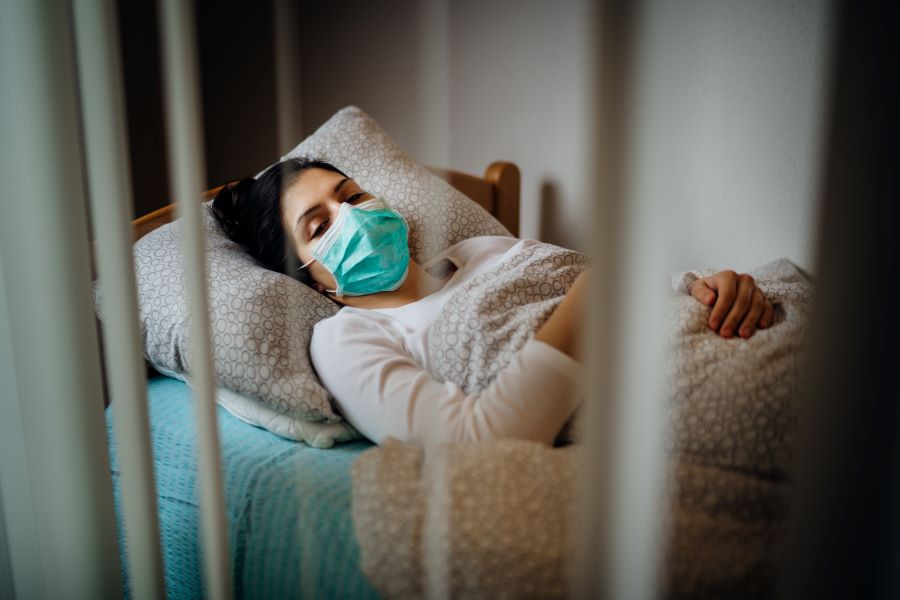Who can receive these treatments?
Adults and pediatric patients, including neonates (babies who are four weeks old or younger), with positive results of direct SARS-CoV-2 viral testing, and who are at high risk for progression to severe COVID-19, including hospitalization or death within 10 days of symptom onset.
This treatment may be used as post-exposure prophylaxis for the prevention of COVID-19 in adult and pediatric individuals, including neonates, who are at high risk of progression to severe COVID-19, including hospitalization or death.
How is this treatment administered?
It is administered via outpatient IV infusion with one hour of monitoring post-infusion. Weight-based dosing is imperative and can be located, along with infusion times, within the Fact Sheet for Health Care Providers.
Resources Available:
- bamlanivimab/etesevimab EUA letter of authorization
- Fact Sheet for Health Care Providers
- Patients, Parents and Caregivers Fact Sheet (English)
- Patients, Parents and Caregivers Fact Sheet (Spanish)
- FAQs on the EUA for bamlanivimab/etesevimab
- HHS and ASPR Important updates on bamlanivimab/etesevimab













